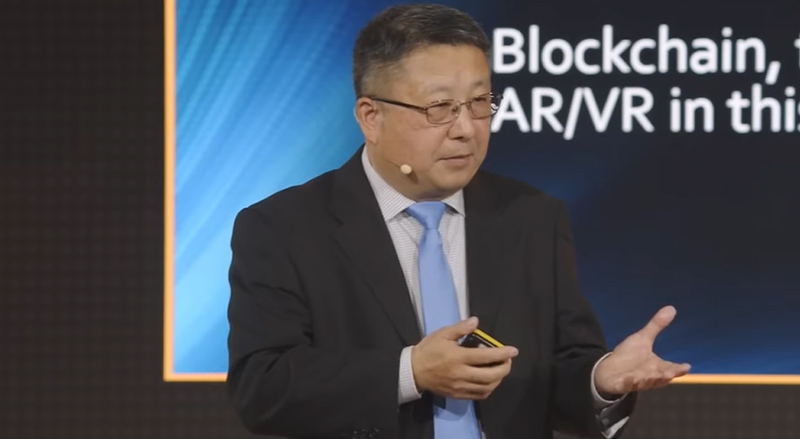Society can be viewed as an information system or digital humanity. This is the view of Bitcoin researcher and author ZeMing M. Gao who has recently published a new book – Bit & Coin – Physicality and Digitality with Digital Humanity.
Speaking at the London Blockchain Conference, Gao discussed how the universe is fundamentally derived from energy and information. ‘Humanity is an expression of this special kind of information, which is then transformed from abstract concepts into tangible items.
‘In the last decade, all the benefits we received from this digital humanity have also brought troubles. The next step is merging physicality with data and the solutions lie within Bitcoin,’ he said.
The importance of adding physicality to data
‘We live with data, but data has lost both reliability and legitimacy, and it is gradually losing more of that. This is not to deny all the benefits we have already received from the digital revolution,’ said Gao. He added that this can be remedied by adding physicality to data and that the merging of physicality and digitality is the most profound technological transformation in today’s world.
‘On the one hand, you see that the Internet of Things, AI, and VR, are a move to bring digitality to physical things. But at the same time, we understand that blockchain is a move to bring physicality to digital things,’ he said.
Blockchain and Bitcoin – A meeting of the physical and the digital
Gao noted that Bitcoin is effectively a meeting of these physical and digital spaces. He pointed to the name ‘Bitcoin’ itself – where ‘Bit’ represents bits, bytes, and information, while ‘Coin’ represents its tangible and monetary attributes. He added that money is not merely a virtual concept but a tangible entity.
According to Gao, Bitcoin seamlessly integrates both digital and physical elements, embodying a convergence of informational (digital) and monetary (physical) aspects within the network. Gao explained that blockchain acts as a transformative mechanism, turning a generic digital entity into a hybrid termed “phygital” — a fusion of digital and physical components.
‘Blockchain can transfer control of a set of bytes from A to B,’ Gao said, underscoring the commodity dimension of Bitcoin.
In the context of the BSV blockchain, Gao explained the process of incorporating data into Bitcoin, effectively refining it into information by introducing a monetary dimension to the data.
